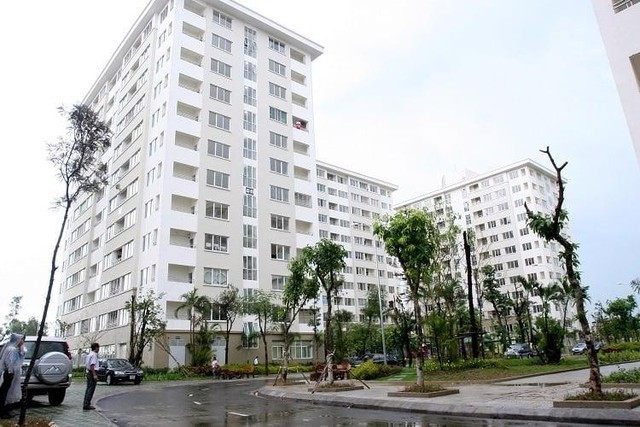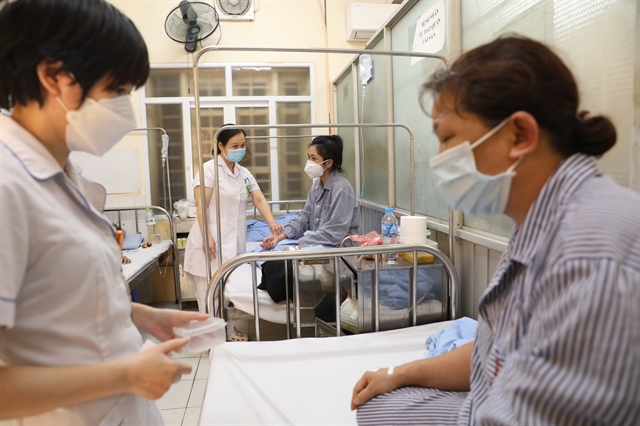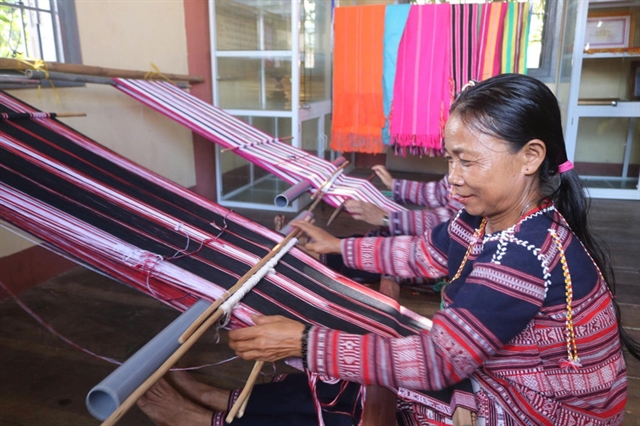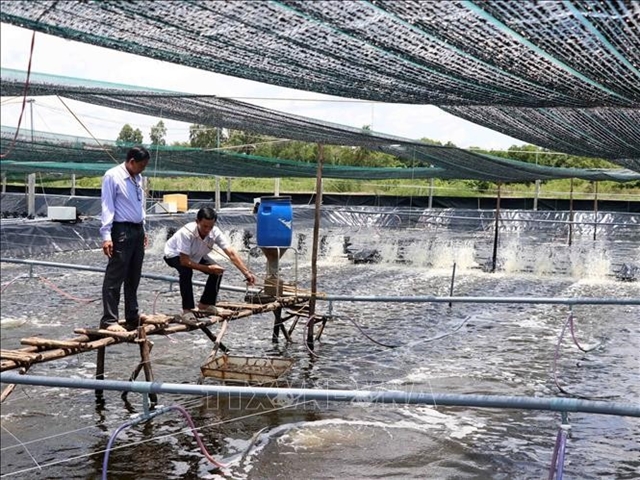 Society
Society

 |
| Dengue fever patients under treatment at Việt Nam-Cuba Friendship Hospital in Hà Nội. VNA/VNS Photo Minh Quyết |
HÀ NỘI – Head of at the National Institute of Malariology, Parasitology, and Entomology’s Department of Insects Nguyễn Văn Dũng has warned that Hà Nội could become a hotspot for dengue fever soon.
Dengue fever has shown changing patterns with the decreasing number of cases in the southern region compared to the same period last year and the increasing number of cases in the north, he said.
Since the beginning of this year, Việt Nam has recorded approximately 40,000 cases of dengue fever, including eight fatalities. The outbreak is trending upward in many localities.
In Hà Nội, the number of dengue fever cases has been gradually increasing over the past two weeks. According to the city’s Department of Health, the city has recorded nearly 400 cases of dengue fever since early this year, a five-fold increase compared to the same period in 2022.
This year, the dengue fever outbreak is expected to have complex development, it forecasted.
Dũng said that the outbreak cycle has changed. In 2017, there was a severe outbreak of dengue fever with a high number of cases and fatalities. In 2019 and 2022, there were also very high numbers of cases. These were not the typical four-year cycles as seen in previous patterns.
"This change indicates that the current dengue fever outbreak varies by region, not following any specific cycle," he stressed.
The reason for this change, he said, was due to the fluctuating weather conditions in the northern region, where the winter was not excessively cold, and the summer was excessively hot with heavy rainfall.
These conditions have created an opportunity for disease-carrying mosquitoes to thrive. The increased rainfall also created breeding grounds for mosquito larvae, leading to a higher density of mosquitoes and an increased risk of disease transmission to humans.
The current hot and rainy weather has provided favourable conditions for the Aedes mosquitos, the vector for dengue fever, to breed and thrive.
People still have a habit of storing rainwater for use, watering plants in containers, barrels, buckets, pots, and also growing ornamental plants, creating a conducive environment for mosquitoes to lay eggs and for mosquito larvae to develop and transmit the disease, he said.
Dũng said preventing and controlling dengue fever is a complex task that relied not only on the healthcare workforce and local authorities but also on the awareness of the public. Especially after the COVID-19 pandemic, preventive healthcare resources have changed, and the healthcare sector has faced numerous challenges.
He noted that dengue fever is an acute infectious disease caused by the Dengue virus and could develop into an epidemic.
The primary and most effective method of disease prevention was avoiding mosquito bites and maintaining a clean environment to prevent mosquito breeding, including removing stagnant water.
"People need to understand that Aedes mosquitoes mainly lay eggs in water-containing household items. If there is no stagnant water, there will be no disease-carrying mosquitoes," he emphasised.
In areas where dengue fever cases were detected, it was necessary to carry out mosquito chemical spraying to prevent the spread of the disease. However, Dũng advised people to take caution when purchasing and spraying chemicals available on the market.
“People should contact local preventive healthcare units for this job and avoid using chemicals of unclear origin to prevent adverse health effects and the development of chemical-resistant mosquitoes,” he said. – VNS




